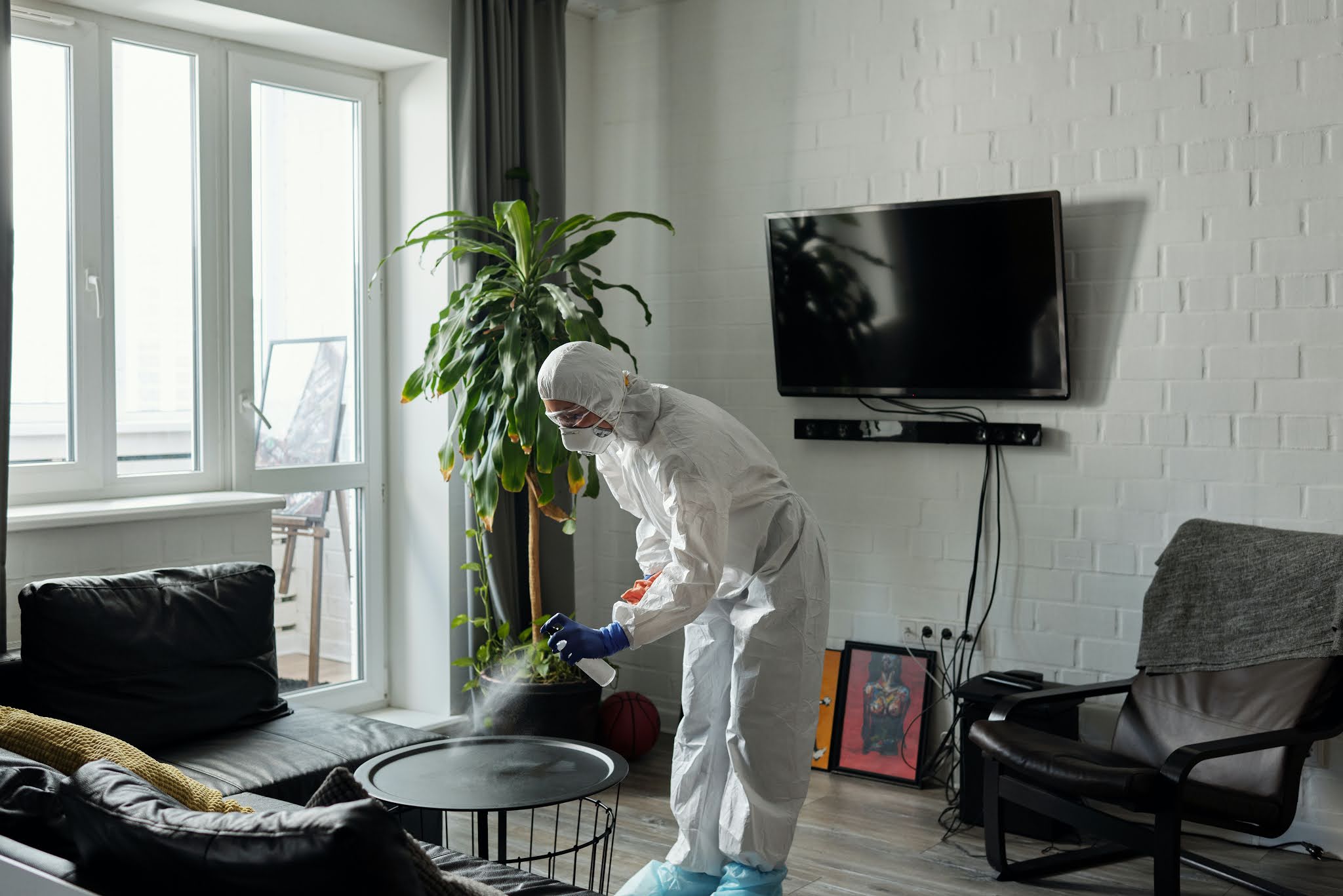If you or someone in your family has allergies or asthma, you need to do everything you can to keep your home allergen-free. However, due to irregular house and carpet cleaning, dust can pile up along with other allergens. When this happens, allergies can be worsened. So, it’s necessary that you make cleaning a high-priority task.
To help you make your home hypoallergenic, we’ve put together 10 essential cleaning and home maintenance tips that can easily fit into your schedule.
Make a cleaning schedule
The first step towards a hypoallergenic home is to keep your home as clean as possible. If you’re struggling to organise this, then make a proper cleaning schedule to keep you on track. You can also hire a housekeeper to help after your house and manage more fiddly tasks, like dusting blinds and fans, that you may not have time to do regularly. They can also help you by sweeping, mopping and vacuuming your home.
Vacuum regularly
Speaking of vacuuming, to keep your home free of allergies, you should vacuum regularly — at least once a week, if not more. Vacuum all floors, including carpet, wood and tiles.
You can also use the vacuum to remove dust, dirt and other allergens from fabric surfaces, like upholstered furniture and cushions. Use an upholstery attachment to vacuum more effectively.
Wash curtains and cleans blinds
Window coverings are often dust collectors, so be wary of them in your hypoallergenic home. Make an effort to wash your curtains at least once or twice a month — choose a fabric that can be thrown into your washing machine to make this job easier and quicker.
For horizontal blinds, wipe these down every few days or so to stop dust from collecting. All you need is a microfibre cloth. If this gets too much, you can change your blinds to vertical or roller blinds. With less surface area for dust to land on, you’ll need to clean them less often.
Keep your kitchen clean
Your kitchen can aggravate allergies and asthma conditions if not kept clean. A lot of it comes down to moisture control. If your kitchen is regularly damp, mildew and mould may start growing. Use an exhaust fan to reduce moisture as you cook. If there isn’t a built-in fan in your kitchen, open the window.
Make sure no water is standing in your kitchen either. Get on top of repairing any leaks from your sink.
To prevent other bacteria from growing, remember to clean countertops after use and wash dishes after each meal. Ensure that your cabinets, drawers and shelves are free from dust and crumbs regularly.
Ensure bathroom moisture is minimal
Along with your kitchen, a damp bathroom is also perfect for mould and mildew to develop. Mould spores can worsen allergies so try these steps.
Like the kitchen, use an exhaust fan when in the bathroom, particularly if your showering or having a bath. Try to avoid fogging up your bathroom too by having very hot showers or baths.
If you haven’t got a fan, open a window.
You should regularly clean your bathroom to deal with any mould that has started to form. Get into the habit of wiping down surfaces and walls whenever you use the bathroom. Once a week, thoroughly clean your bathroom, like dusting behind toilets.
Control pests
Pests, like cockroaches, mice and rats, can leave behind dirt that can also be harmful to people with and without allergies. If you suspect or know you have these pests, you need to get rid of them immediately. Choose a strategy that won’t further irritate allergies — be careful of anything that uses powder or fumes.
Once the pests are gone, keep them out by not leaving food out for them and getting rid of any nesting places. Try and block off any access points as well, like cracks in walls.
Try deep cleaning
If you’re having trouble maintaining a hypoallergenic home, you can always give yourself a fresh start by getting your house deep cleaned. Have professionals do the job and ask them to use hypoallergenic products. It can be easier to keep an already clean house clean, rather than getting a dusty house clean.
How you can reduce allergies?
While maintaining a hypoallergenic home is straightforward, you can also change habits to reduce allergens and triggers inside your home.
- Remove shoes outside and put them into mudroom or on a shoe rack
- Avoid using candles, incense and air fresheners
- Don’t open windows when there are strong winds outside
Conclusion
Now you can keep your home hypoallergenic to make it easier to breathe at home. Maintain a regular cleaning schedule and even call in reinforcements with professional cleaners to ensure your home doesn’t become a haven for dust and dirt.








Follow us